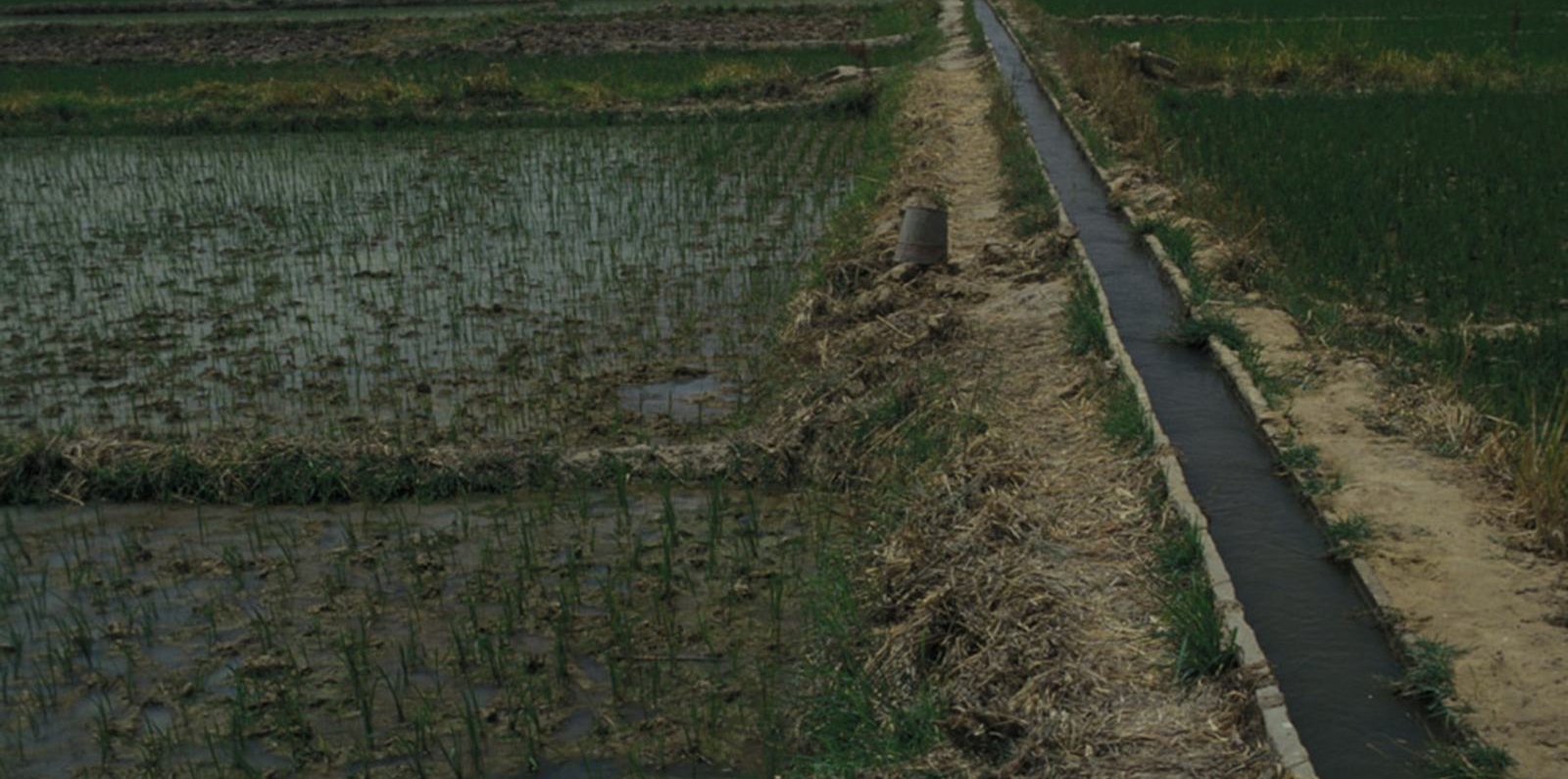About the Project
FAO classifies The Gambia as a Least Developed, Low-Income Food Deficit Country, with 31.7% of the population living in extreme poverty. The agriculture sector provides employment for about three-quarters of the labor force, and smallholder farmers supply about 90% of domestically produced food. However, the sector produces low and unpredictable yields, is highly susceptible to droughts and erratic climate patterns, and is essentially rainfed, with only 3% of the arable land estimated to be under irrigation. $28 million was invested to reduce household poverty, food insecurity, and malnutrition in three highly food-insecure regions.
Country
- The Gambia
Project Status
ClosedFunding
Country-led projectSupervising entity
- AfDB
- FAO
Call Year
2012GAFSP Funding Amount
28.00Results
The project reached 1,882,645 beneficiaries, 51% of them women. FASDEP reduced rural household poverty, food insecurity, and malnutrition through increased agricultural production and productivity and commercialization opportunities. The Farmer Field School (FFS) approach increased agricultural production and diversified and commercialized aquaculture, small ruminants, poultry, and horticulture. This was combined with support for agricultural infrastructure, such as tidal irrigation, water retention facilities like dykes and spillways, and rural roads, with 220 kilometers of access roads built.
FASDEP provided improved production support, including agriculture infrastructure development and management, on 1,000 hectares of land; completed water retention schemes on 75 hectares and 28 aquaculture schemes; established community and livestock market structures, with 5,527 smallholders receiving productivity enhancement support; and supported 112 operational agribusinesses with matching grants. The project also made school gardens available for communities and provided them with training in horticultural crop production. Through the project’s activities, food waste was reduced from 9.5% to 5.6% and 10 cereal banks and four regional stores were established and supplied with seeds and cereals for food security and emergency stockpiling.
To increase nutrition levels, food security, and incomes of vulnerable populations in Central River Region-North, Central River Region-South, Lower River Region, and West Coast Region, community-based nutrition training programs strengthened knowledge and skills among 64,266 people, 53% of them women. Educational support also reduced risk and vulnerability to climate disasters, such as drought and floods, on a sustainable basis by improving community resilience and household coping strategies. Further, the World Food Programme (WFP) implemented a school feeding program.
Contact
Tabi KariKari:
t.karikari@afdb.org
Mariatou Njie:
mariatou.njie@fao.org, +220 449 7567
Alhagie Nyangado:
alhagie.nyangado@fao.org
